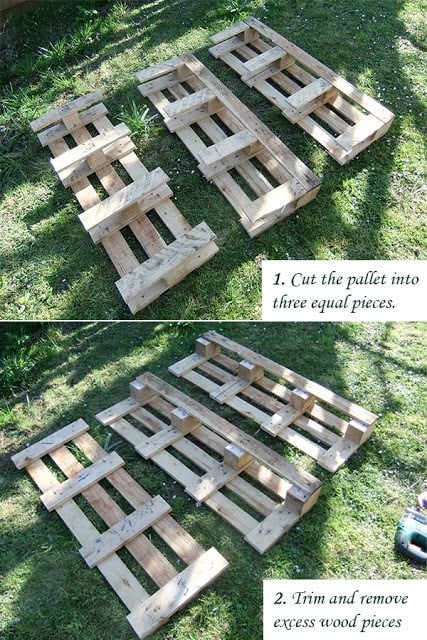
Strawberry Skies: Elevate Your Harvest with Vertical Gardening
Imagine stepping into your garden on a warm summer morning. The air is sweet with the scent of blossoms, and the sun is just beginning to paint the sky in hues of pink and gold. Reaching out, you pluck a plump, sun-ripened strawberry, still warm from the sun, and pop it into your mouth. The burst of flavor is pure summer bliss.
You don't need acres of land to experience this joy. Even in a small backyard, patio, or balcony, you can create your own strawberry haven with vertical gardening. Vertical strawberry gardening is a fantastic way to maximize space, add visual appeal, and enjoy an abundant harvest of delicious berries. Get ready to reach for strawberry skies!
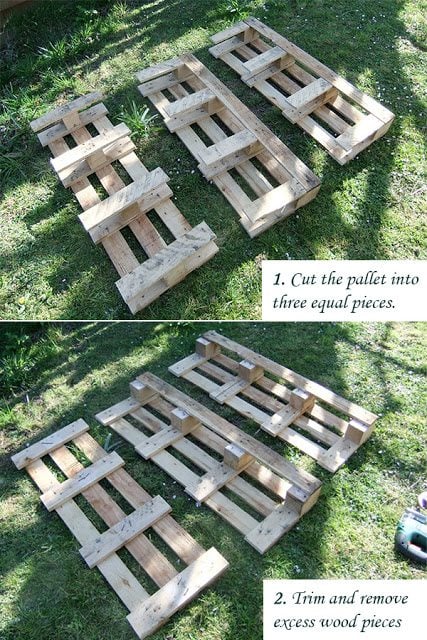
A thriving vertical strawberry garden basks in the sunlight, showcasing the potential for bountiful harvests in limited spaces.
Building Your Vertical Strawberry Gardens
Let's explore two simple and stylish ways to create your own vertical strawberry gardens: the rustic charm of a pallet planter and the classic elegance of a stacked terracotta tower.
Pallet Planter:
Reclaiming a wooden pallet is not only eco-friendly but also adds a touch of rustic beauty to your garden. Here's how to transform one into a flourishing vertical strawberry garden:
Materials:
- Wooden Pallet (untreated and in good condition)
- Sandpaper
- Non-toxic Wood Sealer
- Heavy-Duty Landscape Fabric
- Staple Gun
- Staples
- Potting Mix
- Strawberry Plants
Instructions:
- Prepare the Pallet: Thoroughly sand the pallet to remove any rough edges or splinters. This step is important for safety and aesthetics.
- Seal the Wood: Apply a non-toxic wood sealer to protect the pallet from moisture and prevent rot. Allow it to dry completely according to the manufacturer's instructions.
- Line with Landscape Fabric: Cut pieces of landscape fabric to fit the inside of each section of the pallet, creating pockets for the soil.
- Secure the Fabric: Use a staple gun to securely attach the landscape fabric to the pallet, ensuring that the pockets are strong enough to hold the soil. Overlap the edges for extra reinforcement.
- Reinforce the Structure (Optional): Add extra wood supports to the back of the pallet for additional stability, especially if you plan to move it around.
- Fill with Potting Mix: Fill each pocket with a high-quality, well-draining potting mix.
- Plant Your Strawberries: Plant your strawberry plants in the prepared pockets, spacing them according to the variety you've chosen.
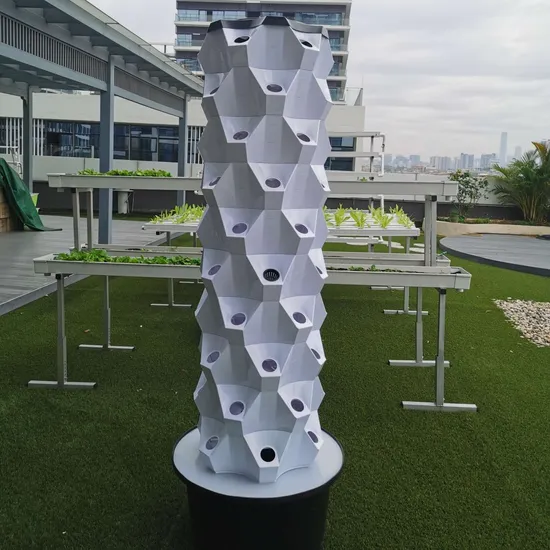
Landscape fabric is stapled to a wooden pallet, creating pockets to hold the soil and strawberry plants for a vertical garden.
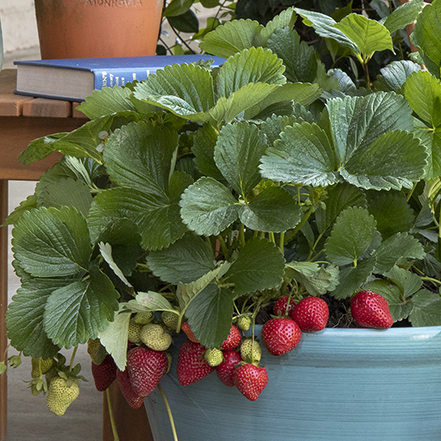
A pallet planter is shown full of lush strawberry plants and ripe berries, showcasing the beauty and productivity of this vertical gardening method.
Stacked Terracotta Tower:
This method adds a touch of Mediterranean charm to your garden.
Materials:
- Terracotta Pots (6-inch, 8-inch, 10-inch, and 12-inch)
- PVC or Metal Pipe (long enough to extend through all pots)
- Drill with Drill Bit suitable for terracotta
- Potting Mix
- Strawberry Plants
Instructions:
- Drill Drainage Holes: Drill drainage holes in the bottom of all terracotta pots except the largest (12-inch) pot.
- Thread the Pipe: Thread the PVC or metal pipe through the drainage holes of all the pots, starting with the largest pot at the bottom.
- Stagger the Pots: Stagger the pots as you stack them, creating planting pockets along the sides. Ensure the structure is stable.
- Fill with Potting Mix: Fill each pot with a high-quality, well-draining potting mix.
- Plant Your Strawberries: Plant your strawberry plants in the pots and the pockets created by the staggered arrangement.

A terracotta tower is being assembled, with a central pipe providing stability and water distribution to each level.
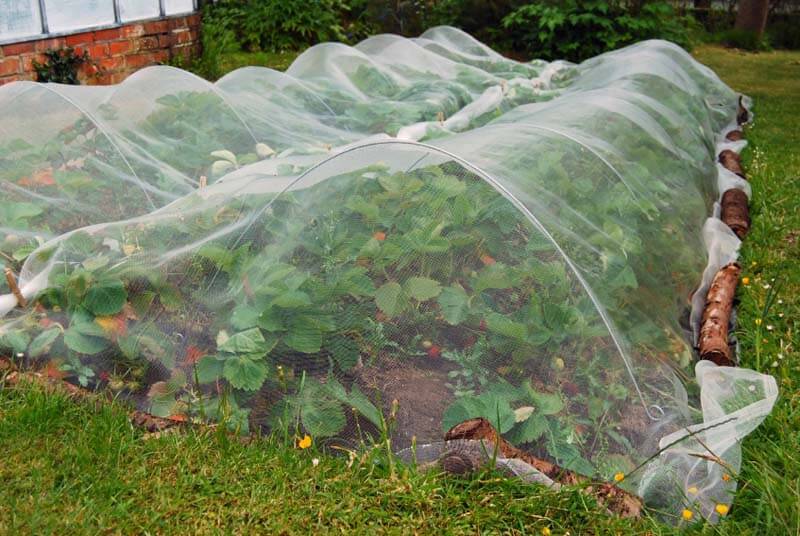
The completed terracotta tower boasts thriving strawberry plants with ripe fruit, adding a touch of rustic charm to a homestead garden.
Choosing Your Strawberry Varieties
Selecting the right strawberry varieties is crucial for a successful vertical garden. We recommend two excellent options:
- Seascape: This everbearing variety is known for its consistent production of large, flavorful berries throughout the growing season. Its compact growth habit makes it ideal for vertical gardening.
- Albion: A day-neutral variety, Albion produces high yields of sweet, aromatic berries. It's also disease-resistant, making it a great choice for beginners.
When planting, ensure the crown of the strawberry plant (where the roots meet the stem) is level with the soil surface. Space the plants according to the variety's recommendations, usually about 8-12 inches apart.
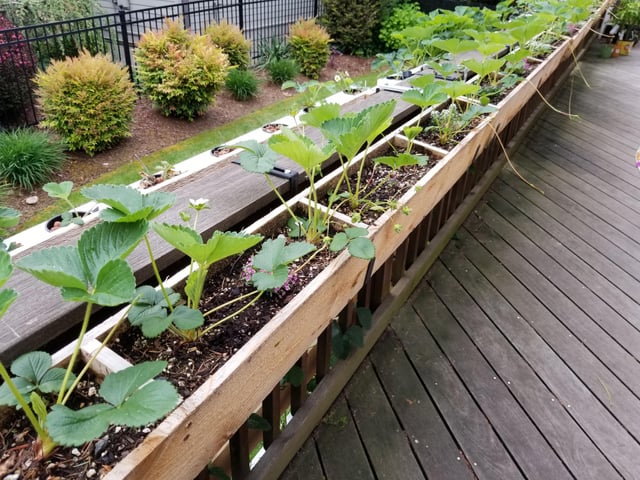
A close-up of Seascape strawberries reveals their deep red color and succulent texture, highlighting their deliciousness and suitability for vertical gardens.
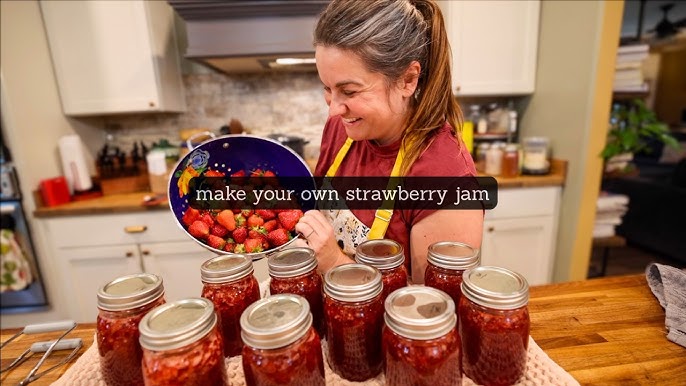
Albion strawberries glisten on the vine, promising a sweet and aromatic harvest, making them a delightful addition to any vertical garden.
Planting and Care
Location: Choose a location that receives at least 6-8 hours of direct sunlight daily. Strawberries thrive in sunny spots. Ensure good air circulation to prevent fungal diseases.
Soil: Use a well-draining potting mix amended with compost. This will provide the necessary nutrients and drainage for healthy growth.
Fertilizing: Worm castings are a fantastic slow-release, organic fertilizer for strawberries. Incorporate them into the soil at planting and use them as a side-dressing throughout the growing season.
Watering: Water regularly, especially during hot, dry periods. Avoid overwatering, as this can lead to root rot. Ensure proper drainage by checking that excess water drains freely from the bottom of the planter.
Pest Control
Birds love strawberries as much as we do! Protect your precious berries with a DIY strawberry net:
Materials:
- PVC Pipes
- PVC Pipe Connectors (elbows, tees)
- Tulle Fabric
- Zip Ties or Clips
Instructions:
- Build the Frame: Construct a simple frame using PVC pipes and connectors, creating a box or dome shape that will cover your vertical garden.
- Cover with Tulle: Drape the tulle fabric over the frame, ensuring it completely covers the strawberry plants.
- Secure the Fabric: Secure the tulle fabric to the frame using zip ties or clips. Make sure the net is easily removable for harvesting and plant maintenance.
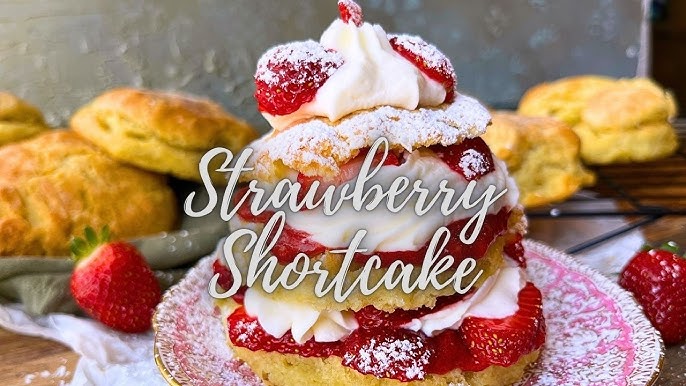
A DIY strawberry net, made with tulle fabric and PVC pipes, effectively protects a vertical strawberry garden from birds, showcasing a practical solution for pest control.
Troubleshooting
- Overwatering: Adjust your watering schedule and improve drainage by adding perlite or vermiculite to the potting mix.
- Pests: Handpick slugs and snails. Use insecticidal soap sparingly if needed, following the manufacturer's instructions carefully.
- Nutrient Deficiencies: Supplement with compost tea to provide a boost of essential nutrients.
Harvesting and Enjoying Your Strawberries
Harvest strawberries when they are fully red and slightly soft to the touch. Gently twist the berry from the stem.
Here are three simple recipes to enjoy your homegrown strawberries:
- Strawberry Jam: A classic recipe using strawberries, sugar, pectin, and lemon juice.
- Strawberry Shortcake: Homestyle recipe with buttermilk biscuits, whipped cream, and fresh strawberries.
- Strawberry Spinach Salad: Fresh and light salad with spinach, strawberries, goat cheese, and a balsamic vinaigrette.
Conclusion
Vertical strawberry gardening is a rewarding and accessible way to enjoy fresh, homegrown strawberries, even in limited spaces. By following these tips and techniques, you can create your own "strawberry skies" and savor the sweet taste of summer. So, gather your supplies, get creative, and start building your vertical strawberry garden today!
Don't forget to share your vertical strawberry garden creations on social media using #BetterHomesStrawberrySkies! We can’t wait to see what you grow!
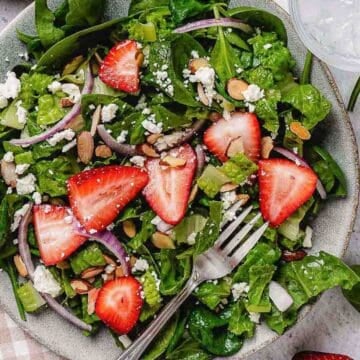
A breathtaking sunset illuminates a vibrant vertical strawberry garden within a picturesque homestead, symbolizing the joy and abundance of homegrown food.
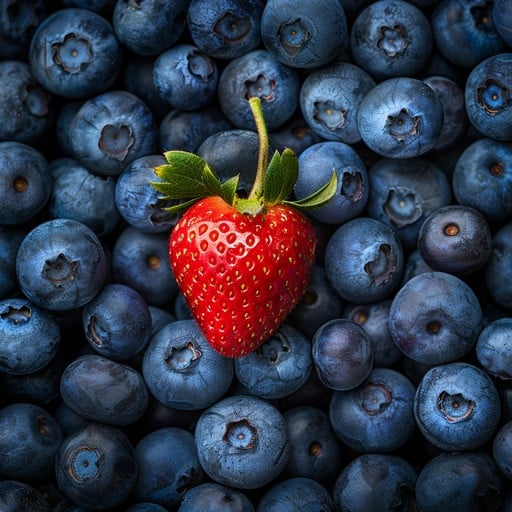
A close-up showcases a hand gently picking ripe strawberries from a vertical garden, capturing the essence of harvesting fresh, homegrown produce.